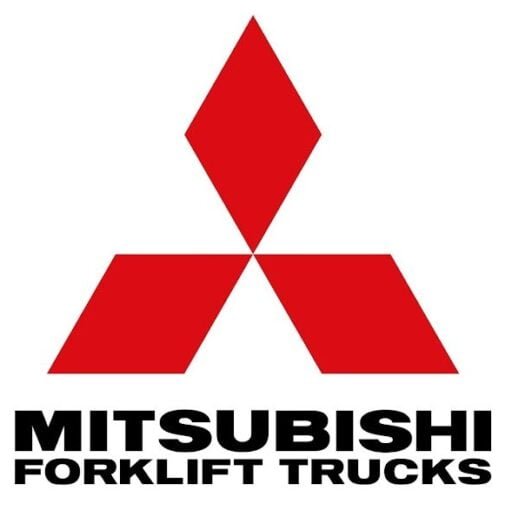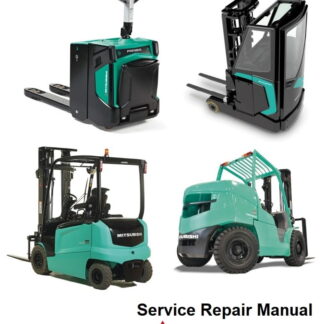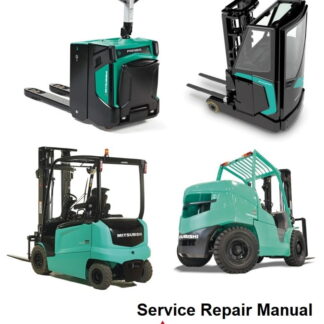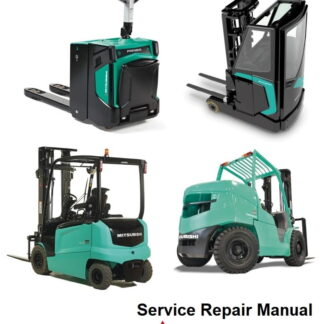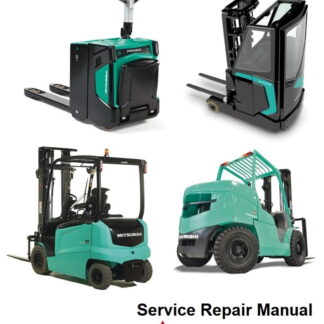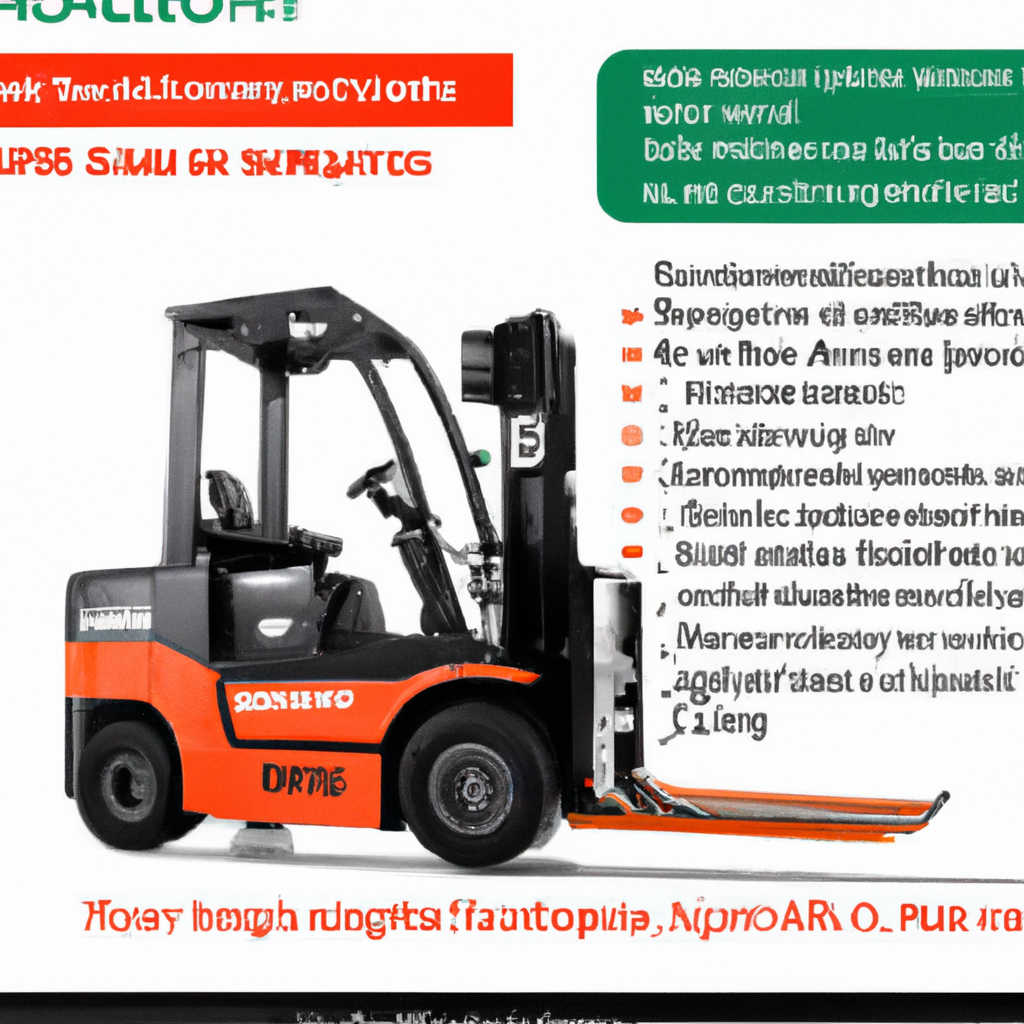
/
Mitsubishi forklifts are an integral part of many businesses. They are used to move large and heavy items, and can be a crucial part of a business’s operation. However, like any other machinery, forklifts require regular maintenance and servicing. Fortunately, with the right tools and knowledge, it is possible to conduct Mitsubishi forklift service and repairs at your own home.
Overview of Forklift Service
Mitsubishi forklift service and repairs involve inspecting and repairing components of the forklift, such as the engine, transmission, brakes, and steering. It is essential to check all these components regularly to ensure that the forklift is operating safely and efficiently. The service should be conducted by a qualified technician who is familiar with Mitsubishi forklifts.
Necessary Service Parts
Before beginning a Mitsubishi forklift service, it is important to make sure that you have all the necessary parts and tools. These include replacement parts such as filters, spark plugs, and lubricants, as well as tools such as wrenches, screwdrivers, and torque wrenches. You should also make sure that you have access to the manufacturer’s service manual, as it will provide detailed instructions for servicing the forklift.
Preparing for Service
Before beginning the service, it is important to prepare the forklift. This includes checking the levels of the engine oil, transmission fluid, and brake fluid, as well as making sure that the tires are properly inflated. You should also check the hoses and belts for signs of wear or damage. Once the forklift is ready, you can begin the service.
Conducting Service
The first step in conducting a Mitsubishi forklift service is to inspect the engine. This includes checking the spark plugs, air filter, and oil filter. You should also check the condition of the hoses and belts. Once the engine has been inspected, you can move on to inspecting the transmission. This involves checking the transmission fluid and the condition of the transmission seals.
Troubleshooting Repairs
If any repairs are necessary, it is important to troubleshoot the problem. This involves identifying the source of the problem and then determining the best way to repair it. Common problems with Mitsubishi forklifts include worn or damaged hoses, belts, and seals, as well as faulty wiring. Once the problem has been identified, it is important to follow the manufacturer’s instructions for repairing the issue.
Completing the Service
Once the service has been completed, it is important to check the forklift one last time to make sure that everything is working properly. This includes checking the brakes, steering, and transmission. Once the forklift has been checked, you can then return it to service.
Conducting Mitsubishi forklift service and repairs at your own home can save you time and money. However, it is important to make sure that you have the necessary tools and knowledge before beginning. With the right tools and knowledge, you can ensure that your Mitsubishi forklift is operating safely and efficiently. For more information, visit Forklift Mitsubishi.
